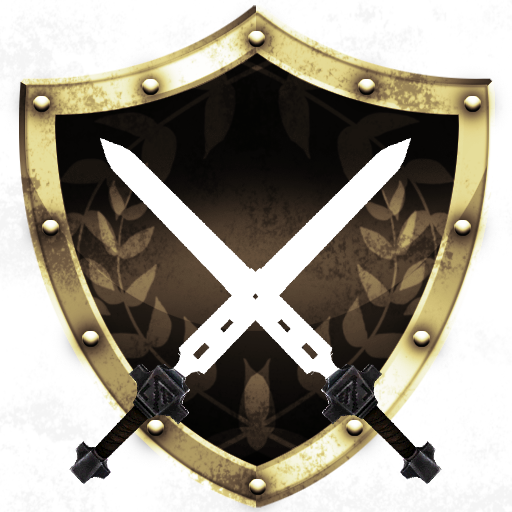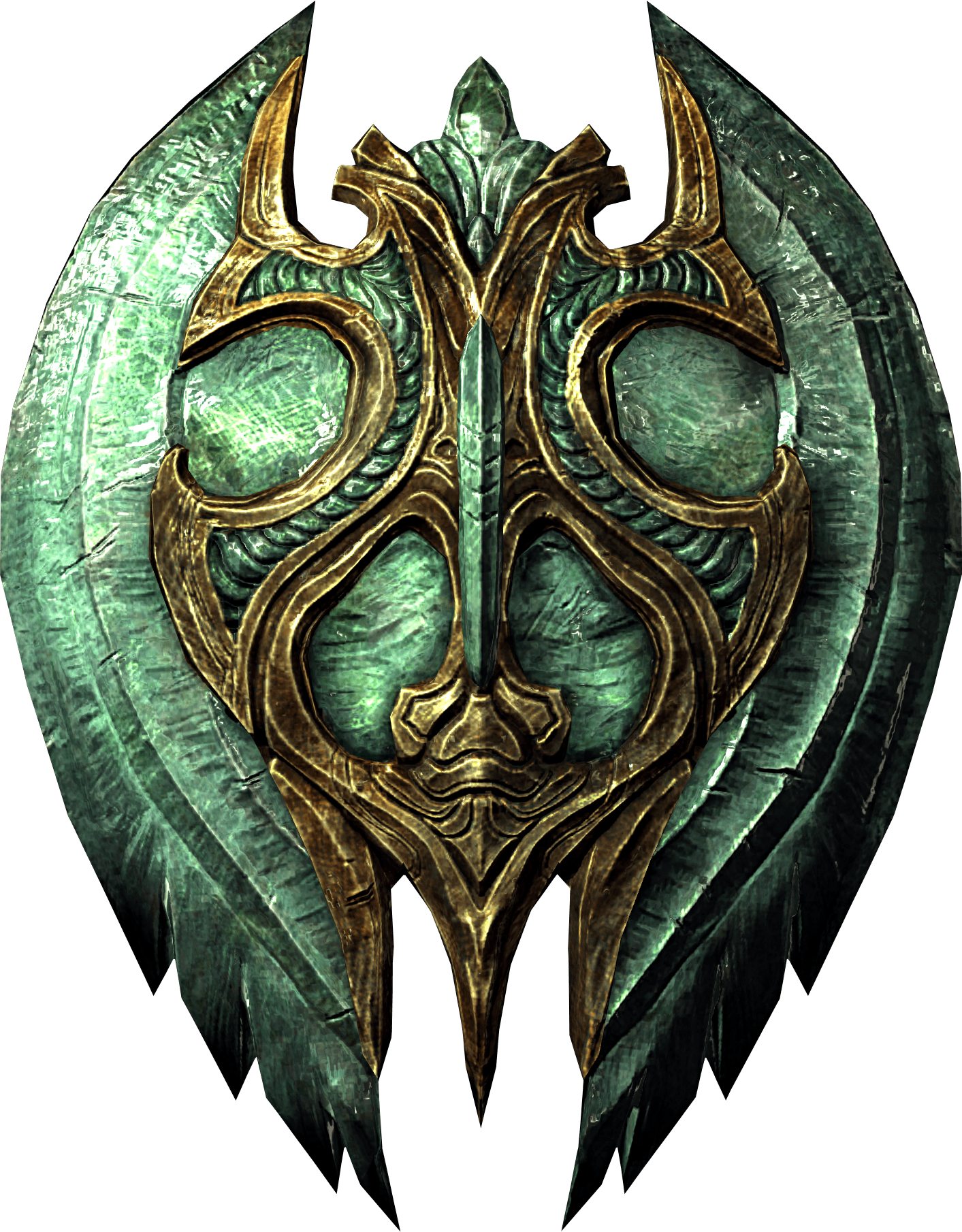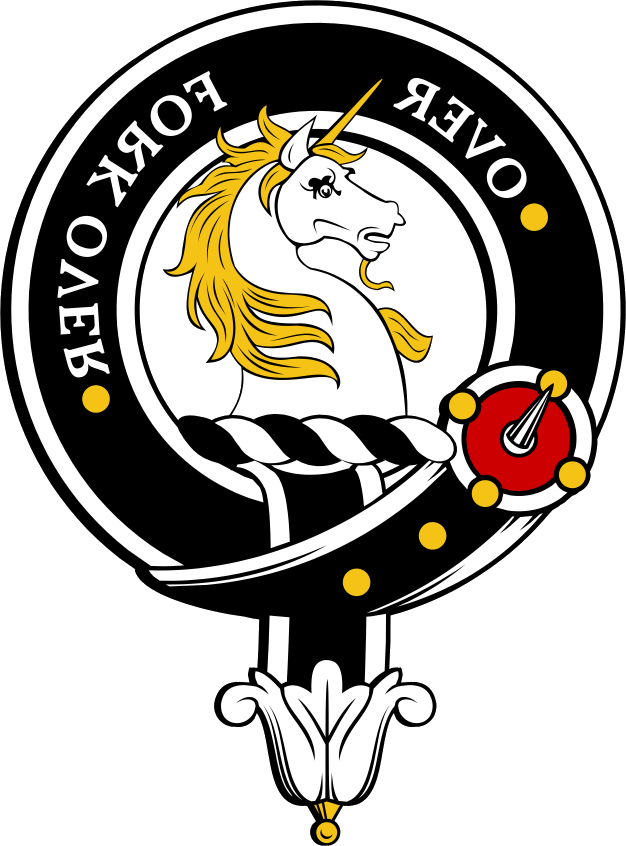

Money very well spent….Thank you for your attention to detail and producing something for me that I’ve wanted my entire life. The Claymore is a weapon evocative of the Scottish highlands, and the fierce clansmen who lived, fought, and died there.Ĭustomer Feedback about the Claymore Sword: ” I don’t usually get romantic about anything, but when I held this sword for the first time, it felt like I was holding an authentic piece of history….The balance is perfect and it feels like it belongs in your hand. The blade, specifically designed to deliver devastating strikes, is elegant in its simplicity. The quatrefoil quillons are carefully crafted from originals on display in the Scottish National Museum, the British Museum, The Royal Ontario Museum and The Royal Armouries (Leeds). Its brutal effectiveness is likely why this weapon was used well into the 18th century.īased on an early 16th century sample, the Darksword Armory Claymore is gracefully engineered as a tough high-impact, yet impressively balanced weapon. The Claymore became known not only for its presence in Scottish clan conflicts but in the ongoing border strife with English forces.

Even mounted foes would be at risk as a Claymore was fully capable of severing legs, even heads, from fast-moving horses. Some sources indicate that a Scottish warrior would advance while swinging the blade in a figure eight pattern, putting any who may approach at risk of decapitation. Its broad, heavy blade was capable of severing limbs, heads, and weapons from their owners. While the first swords that would become known as Claymores appeared in the 1400’s, the claidheamh mor name – meaning “great sword” – was not commonly applied to this two-handed weapon until the 18th century.Ĭlaymores were fearsome weapons, capable of taking out even armoured foes. Both Highland and Lowland varieties appeared on the scene in Scotland, but it would be the Highland Claymore – with it’s unique quatrefoil guard – that would most closely be associated with the Medieval weapons of the Scottish clans. However, as the Basket-Hilt sword developed there was a parallel evolution occurring – one that scaled up the double-edged sword into a long, two-handed sword. The Scottish Basket-Hilt sword would continue to be in use even into the 20th century, and could have been remembered as the distinctive Scottish sword.

By the 16th century, the single-handed Scottish sword with its down-turned quillons had evolved into a basket-hilted variety with the same double-edged blade.


 0 kommentar(er)
0 kommentar(er)
